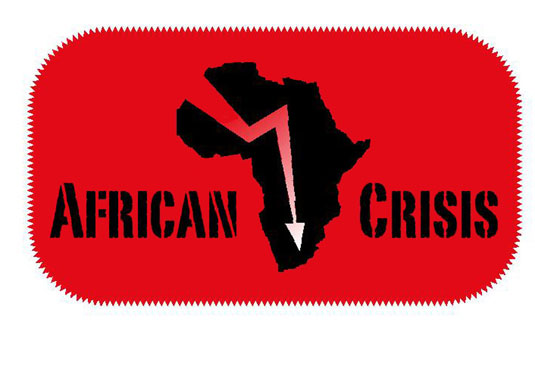WARNING: This is Version 1 of my old archive, so Photos will NOT work and many links will NOT work. But you can find articles by searching on the Titles. There is a lot of information in this archive. Use the SEARCH BAR at the top right. Prior to December 2012; I was a pro-Christian type of Conservative. I was unaware of the mass of Jewish lies in history, especially the lies regarding WW2 and Hitler. So in here you will find pro-Jewish and pro-Israel material. I was definitely WRONG about the Boeremag and Janusz Walus. They were for real.
Original Post Date: 2007-08-31 Time: 00:00:00 Posted By: Jan
By Gershwin Wanneburg
Johannesburg – The United Nations World Food Programme (WFP) is increasingly turning to countries outside major food producer South Africa in search of cheaper sources of food, a spokesperson said on Thursday.
The food agency this year again spent record amounts of money on the staple maize and other crops in Malawi and Mozambique, WFP spokesperson Richard Lee said. Spending in Zambia is also nearing record levels.
The WFP buys the bulk of its regional supplies from South Africa, the biggest producer of wheat and maize in southern Africa.
But over the past several years it has tried to support domestic agriculture elsewhere, Lee said. A poor maize crop in South Africa has also made the country’s maize more expensive.
Analysts also say these countries could soon compete with South Africa for a share of its maize market as their governments boost farming support in order to lift agricultural production.
“We’ve already spent more money in Malawi and Mozambique this year than ever before. We’re approaching record levels in Zambia,” Lee said.
In 2002, when a food crisis prompted the WFP to scale up its operations in the region, it bought 6 500 tons of maize from Malawi. So far this year, purchases from that country stand at 78 000 tons – nearly double last year.
Over the same period, purchases from Zambia have grown to 58 000 from 12 000 tons and to 38 000 tonnes from 13 000 in Mozambique.
In the year to date, the UN body has bought about 82 percent of the 270 000 tons of food required for 2007, Lee said.
“It’s predominantly due to price that we’re not buying in South Africa. But also the WFP is very keen, where possible, to buy locally,” Lee said.
“Obviously, (buying locally) can speed up the process and we want to benefit local industries and small-scale farmers.”
He said this included mostly maize but also other cereals.
For the second year in a row, drought has slashed production of the maize crop in South Africa, pushing up prices of the main harvest. At the same time, the price of wheat, the other widely consumed cereal, has vaulted on global supply fears.
URL: http://www.iol.co.za/index.php?set_id=1&click…/p>
